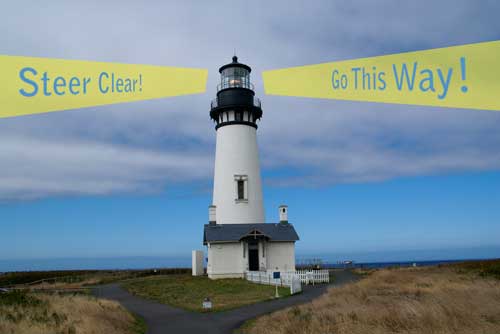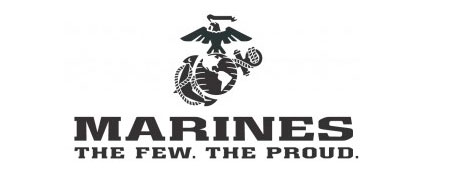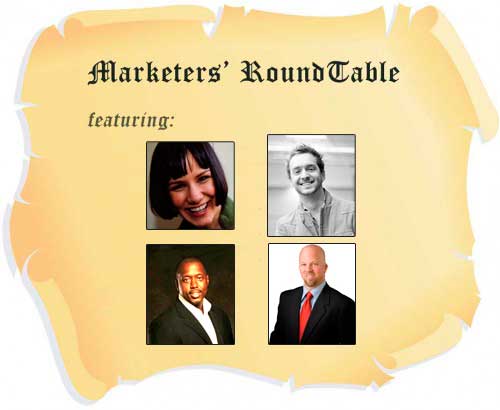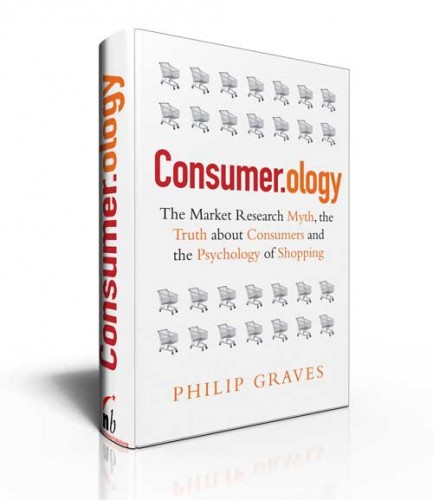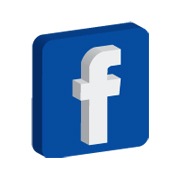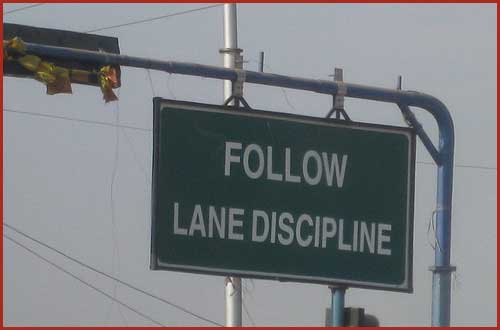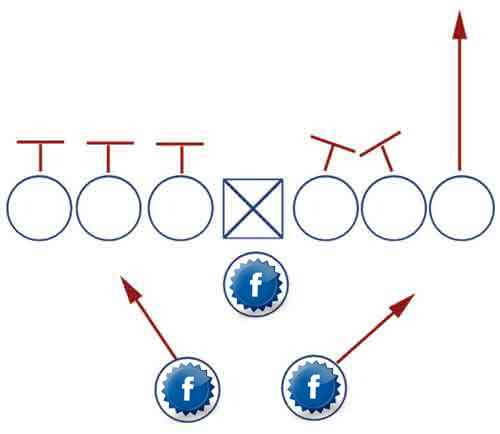Topics: Customer Experience & Marketing Plans
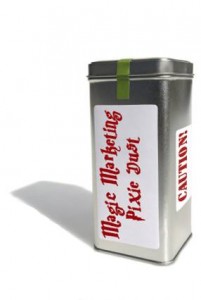
Podcast Episode #75 of the internet show about small business marketing
There are two types of marketing magic, let’s call them light and dark marketing magic. The light magic is the kind that benefits customers, and is created for the good of all. The dark marketing magic is the selfish kind. The kind that makes you think you’re really taking a shortcut, but you’re only prolonging the problem.
In this episode of Power to the Small Business podcast, Podcast host and small business marketing specialist, Jay Ehret addresses both kinds of marketing magic: Light marketing magic in the form of magic spots in the customer experience, Dark marketing magic in the form of magic marketing pixie dust. Take a listen and determine how your business can be more than just a bullet point by adding some magic to the experience, and how you can avoid the dark magic marketing pixie dust.
Guests:
Jay Ehret – The Marketing Spot (Podcast Host)
Length: 16 minutes
Email subscribers and feed readers – If you don’t see the player, click here to listen to Power to the Small Business
You can also download the mp3 file here: Download Power to the Small Business #75 (for personal use only)
Podcast: Play in new window | Download
SHOW NOTES
Making Magic Spots in the Customer Experience
MAGIC SPOT: Unexpected memorable moment in the experience that customers feel compelled to retell to their friends and family.
- If you’re giving people what they expect, your business is in the mediocre middle.
- Without an memorable moments in the customer experience, your business becomes a bullet point on the agenda.
- It’s not your job to just provide a product or a service, you have to give people something that’s unexpected.
- Magic sparks are word-of-mouth starters
Magic Marketing Pixie Dust
- Desperate businesses reach for the Magic Marketing Pixie Dust thinking it will provide a cure.
- There is no one-size fits all program. If one size fits all, it fits no one in particular. (Hand-me-down marketing)
- Your success today is not determined by what you did today or yesterday.
- Your success 365 days from today is determined by what you are doing right now.
Show Links
Start Building a Remarkable Experience Now (podcast)
The Experience Economy (podcast)
What’s the Secret of a World-Class Customer Experience? (podcast)
The Cult of Customer Amazement (podcast)
Free Recorded Customer Experience Webinar: Creating A Remarkable Customer Experience

